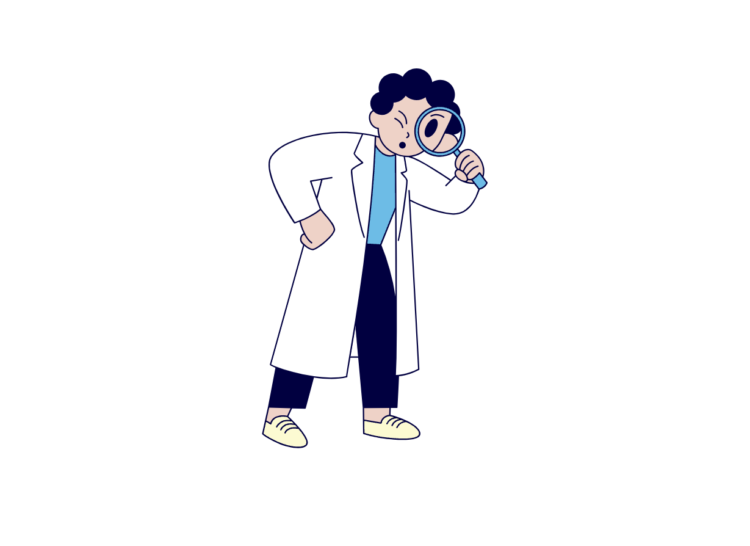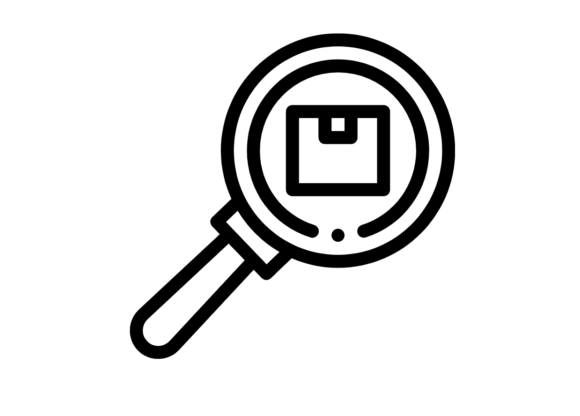Ensuring workplace safety is a top priority for organizations across industries. The Occupational Safety and Health Administration (OSHA) plays a critical role in upholding safety standards by conducting inspections of workplaces to assess compliance with regulations. These inspections follow a standard process, consisting of three distinct phases. In this article, we’ll explore each phase in detail and understand its significance in promoting a safe and healthy work environment.
Phase 1: Opening Conference

The opening conference marks the beginning of the OSHA inspection process and sets the tone for the entire assessment. During this phase, the OSHA compliance officer meets with the employer or their representative to discuss the purpose and scope of the inspection. Key aspects of the opening conference include:
- Introduction: The OSHA compliance officer introduces themselves and explains the reason for the inspection, which may be triggered by a complaint, referral, planned inspection, or accident investigation.
- Scope of Inspection: The compliance officer outlines the areas and conditions they will be inspecting, which may include machinery, equipment, workplace environment, safety protocols, and employee training records.
- Employee Representation: Employers are typically required to inform employees about the inspection and may allow them to participate or designate a representative to accompany the OSHA officer during the inspection.
- Documentation Review: The officer may request to review relevant documents, such as injury and illness logs, safety plans, training records, and previous OSHA citations.
Phase 2: Physical Inspection

Following the opening conference, the OSHA compliance officer conducts a comprehensive physical inspection of the workplace to assess compliance with safety and health regulations. This phase involves:
- Walkaround Inspection: The officer conducts a thorough walkaround inspection of the premises, identifying potential hazards, unsafe conditions, and violations of OSHA standards.
- Documentation and Evidence Collection: During the walkaround, the officer may take photographs, video recordings, or samples of hazardous materials as evidence of violations. They may also interview employees to gather additional information.
- Identification of Hazards: The officer identifies and documents any hazards or violations observed during the inspection, including unsafe machinery, inadequate safety equipment, lack of training, or failure to implement safety protocols.
- Interaction with Employer: Throughout the inspection, the compliance officer may interact with the employer or their representative to address questions, clarify observations, and discuss corrective actions.
Phase 3: Closing Conference

The closing conference marks the conclusion of the OSHA inspection process and provides an opportunity for the compliance officer to discuss their findings with the employer. Key aspects of the closing conference include:
- Summary of Findings: The compliance officer provides a summary of their inspection findings, including any identified hazards, violations, and areas of non-compliance with OSHA standards.
- Discussion of Corrective Actions: The officer discusses recommended corrective actions to address identified hazards and achieve compliance with OSHA regulations. They may provide guidance on implementing safety measures, training employees, or improving workplace practices.
- Timeline for Correction: The employer is typically given a specified timeline to address identified hazards and correct violations. The compliance officer may outline deadlines for submitting abatement documentation or implementing corrective measures.
- Review of Rights and Responsibilities: The closing conference may include a review of the employer’s rights and responsibilities, as well as the process for contesting citations or penalties issued by OSHA.
Conclusion
The OSHA inspection process consists of three phases: opening conference, physical inspection, and closing conference. Each phase serves a distinct purpose in assessing workplace safety, identifying hazards, and promoting compliance with OSHA regulations. By understanding the standard process of an OSHA inspection, employers can proactively address safety concerns, protect workers’ health, and maintain a safe working environment.




